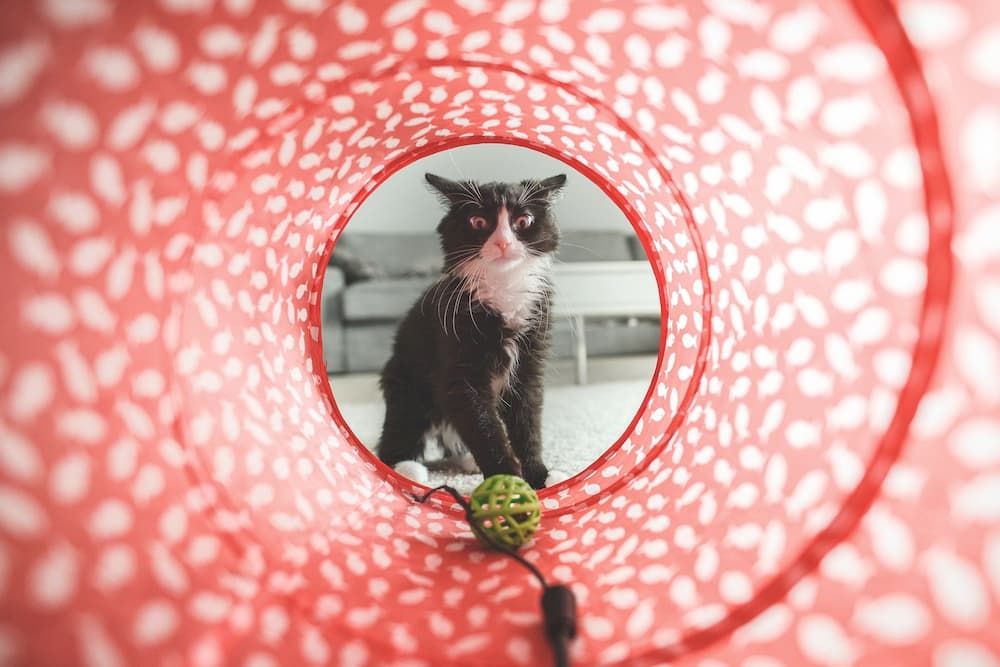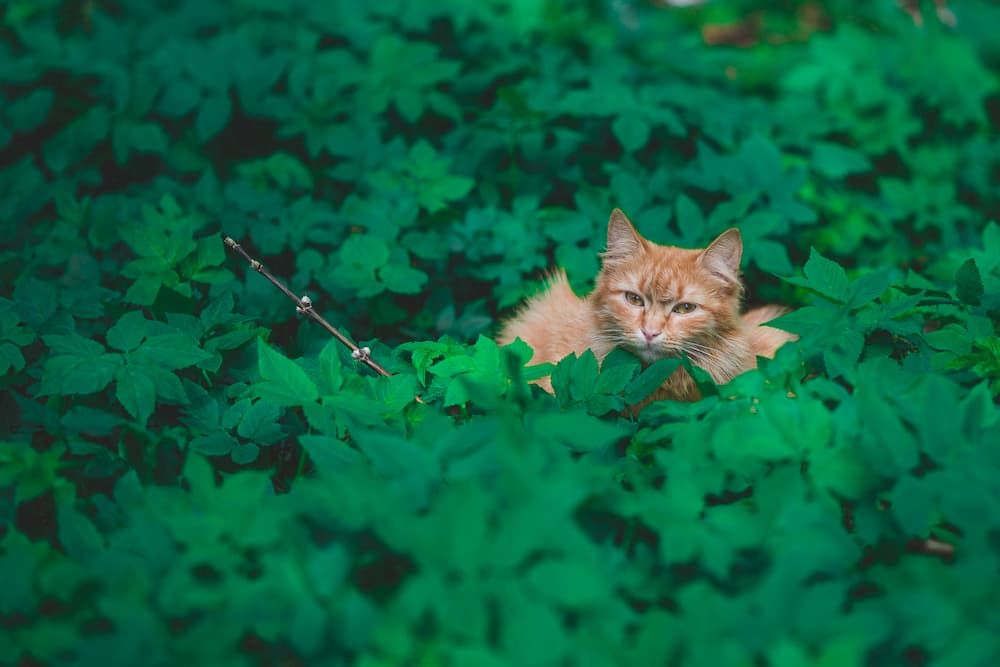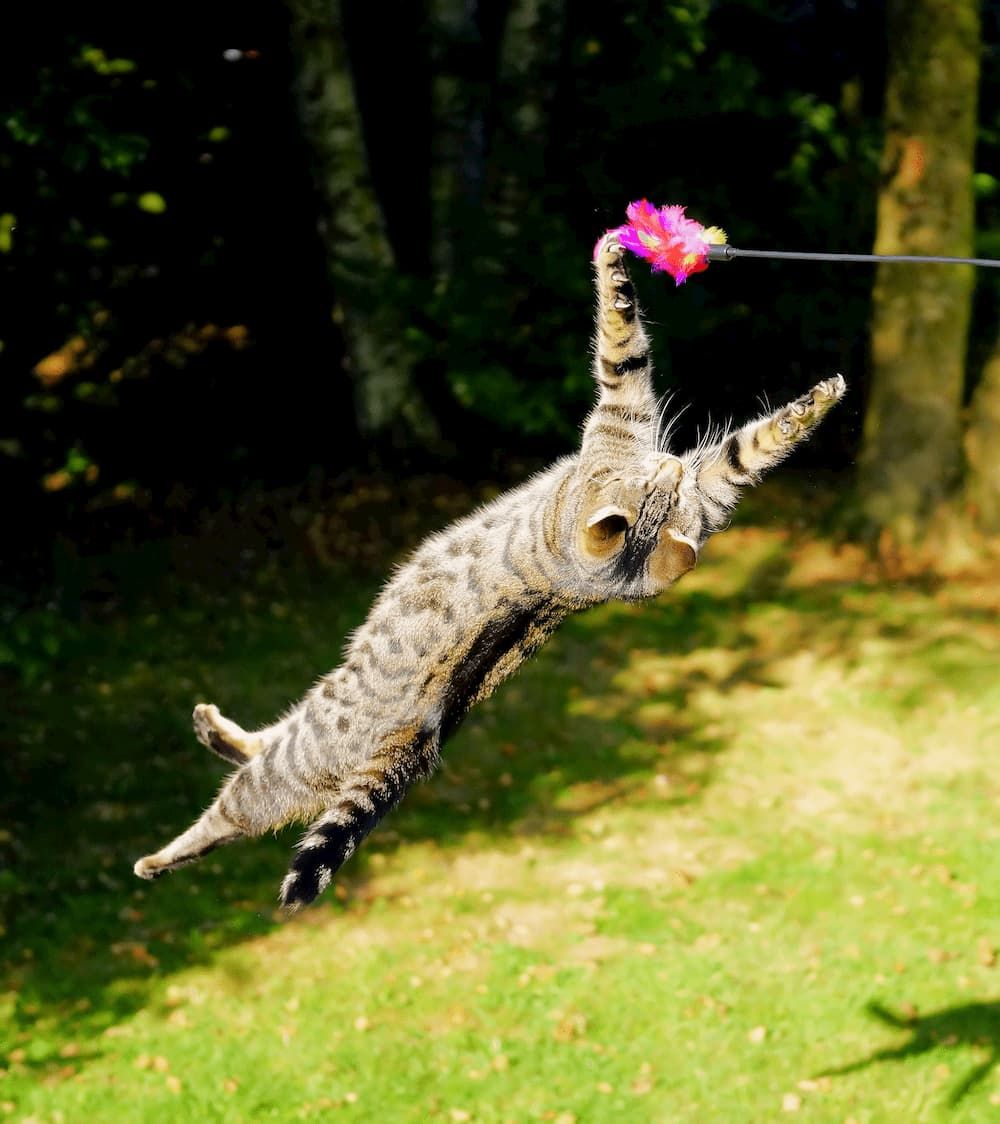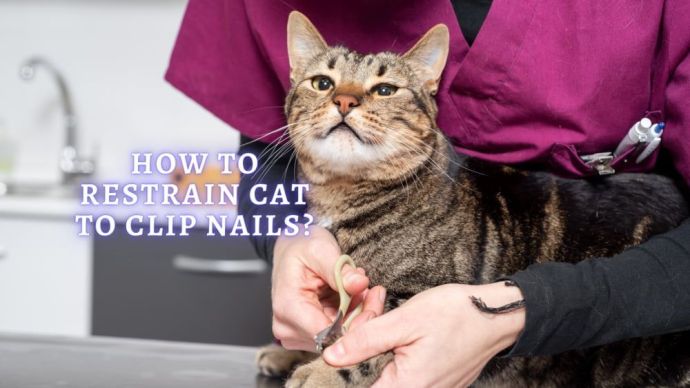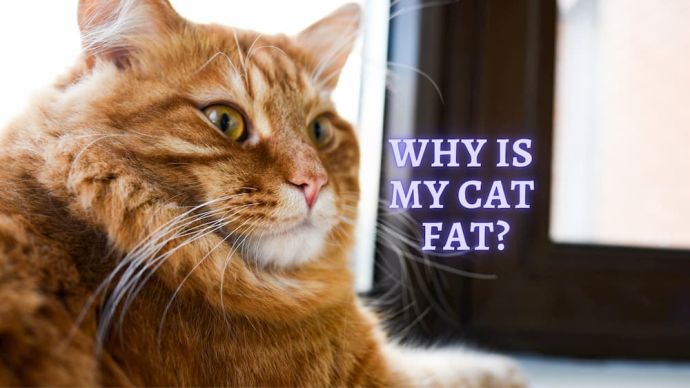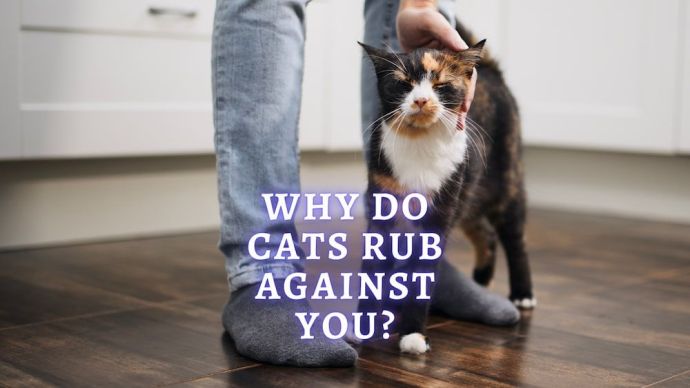Cat Exercise: How much Exercise does a Cat need?
Written by:
Author: Casey Fenn
Casey Fenn has 3+ years of experience in writing content. He lives in western North Carolina with his wife, four children, and an assortment of farm animals — including a dog, twenty chickens, a handful of quail, and one milk cow. Casey specializes to write articles in Dog Care, Cat Care, and Tips for Aquarium Owners.
View all 10 articlesLearn about our editorial process and veterinary review board.
Viewed: 254
Updated on: 03/03/2021
How much exercise does a cat need? That’s the question on many cat-owners’ minds as they watch their pet do little more than lounge around. And while it’s true that pet has an innately high metabolism, if they don’t get enough exercise, they’ll gain weight and become obese just like you or me.
In fact, a 2008 study by the Association for Pet Obesity Prevention found that an estimated 57% of cats in the US are overweight or obese. So, what’s causing these incredible rates of obesity, and what can we do about it?
Since pet food manufacturers make their products as appealing as possible, your pet may be enjoying his cat food a little too much. But only limiting his food intake isn’t enough. Like humans, cats become obese when they eat too much and exercise too little.
So, a healthy cat requires a healthy exercise regimen. And that won’t happen by accident.
Unfortunately, helping your pet get enough exercise isn’t quite as easy as it is with a dog. You can take your dog for a walk or play fetch. But most cats won’t take kindly to being put on the end of a leash. So, you need to be a little more creative when helping your cat get fit. If you’ll keep the following advice in mind, your cat will be strong and feeling good in no time.
READ MORE: Best Cat Food for Weight Loss
The Basics of Feline Fitness
So, how much exercise does a cat need?
Your cat needs at least 10 to 15 minutes of intentional exercise every day.
This isn’t a lot of time. However, if your pet is old or overweight, even 10 minutes can be a challenge. He may lack the energy required for that kind of sustained physical activity. In that case, you’ll want to start off small, with only a minute or two. Just remember that any time is better than none. And if you’ll consistently engage him, you’ll be able to work up to that 10 to 15-minute mark over the course of a couple of weeks.
By exercising for 10 to 15 minutes per day, your feline friend will stay healthy, strong, and full of life.
How can I get my Indoor Cat to Exercise?
“But,” you may be thinking, “how can I get my indoor pet to exercise at all? All he wants to do is lie around sleeping!”
One of the main reasons that cats (and other pets) become lazy is that we fail to interact with them. While kittens, they’re full of energy and, since they’re new, we spend a lot of time playing with them. So they get plenty of exercises.
But as they grow older, owner and pet can get into something of a rut. You feed them. You make sure they have enough water. And you let them curl up next to you on the couch. But you don’t take the time to get down on their level and really play with them like you did when they were younger.
When this goes on long enough, your pet will lose interest in play. He’ll get used to a life of leisure, and he’ll start to attract unwanted pounds and health problems. But there are ways to reignite a desire for play in your cat.
READ MORE: Activities for Kittens
Remember, your cat is a natural predator. This means that he’ll instinctively respond to any movement that mimics something he might normally hunt — a mouse, a lizard, or a bird. And you can simulate this movement with something as simple as a piece of yarn or ribbon, or by using a laser pointer. You can even go the more high-tech route and purchase a battery-operated mouse.
The actual tools don’t matter as much as showing initiative. By making a habit of engaging with your pet every single day, for ten to fifteen minutes, you will begin building his interest. Eventually, you’ll find that your previously reluctant pet actually wants to exercise.
How do I get my indoor cat to lose weight?
This regular exercise, coupled with being more aware of the food he’s eating, will go a long way toward helping your indoor cat lose weight. Commit to consistent, substantial exercise every single day. And if you miss a day, don’t get discouraged and give up. Instead, get back up and follow through on the next day. Perfection isn’t needed. Commitment is.
And if you’ll commit to this kind of regular exercise regimen, you’ll start to see a difference in your cat’s weight. And there’s a good chance that as he loses weight and gains interest in these sorts of activities, you’ll also see his energy levels increase. It won’t be long after this that you’ll discover he isn’t just tolerating all the extra activity, he’s enjoying it so much that he’s on the prowl for more.
Read more: Cat Nutrition Guide
How do I exercise my Overweight Cat?
So, what if your cat is already overweight, or even obese? Can you really reverse all the lethargy and bad habits? Is it possible to get him off the couch and chasing after a simulated mouse?
If you have a particularly lazy cat, you may be thinking, “No way!”
But it is possible. It doesn’t matter how lethargic your pet may be today, there is a predator buried deep inside all that fat and fur. And getting him to exercise is as simple as working consistently and slowly. Don’t expect a miracle overnight. Or even over the course of a week or two. It may take weeks or even months, but change is possible. And necessary.
If you want your cat to live a long and healthy life, you’ve got to get him out of the bed and onto his feet. If he never gets started, he’ll never make any progress. But if you’ll encourage him and walk with him a step at a time, it won’t take long before he’s healthy and feeling his best.
READ MORE: Best Cat Trees
 Cat Care How High Can Cats Jump? All You Wanted to Know About Cats Jumping Abilities
Cat Care How High Can Cats Jump? All You Wanted to Know About Cats Jumping Abilities - 353
- 0
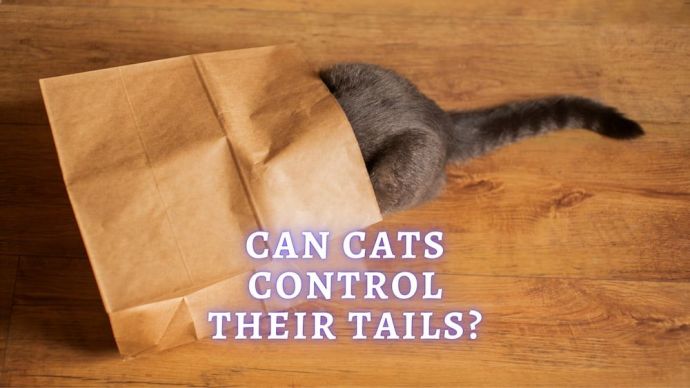 Cat Care Can Cats Control Their Tails? How Much Control Do Cats Have Over Their Tails?
Cat Care Can Cats Control Their Tails? How Much Control Do Cats Have Over Their Tails? - 113
- 0
 Cat Care Why Does My Cat Attack My Legs? 10 Reasons Why and What To Do About It (Vet-Approved Advice)
Cat Care Why Does My Cat Attack My Legs? 10 Reasons Why and What To Do About It (Vet-Approved Advice) - 46013
- 21
 Cat Veterinary Tips Cat Stomach Gurgling: Vet Advice on Why is Your Cat Stomach Gurgling?
Cat Veterinary Tips Cat Stomach Gurgling: Vet Advice on Why is Your Cat Stomach Gurgling? - 36469
- 4
 Cat Veterinary Tips My Cat Lost its Voice: Can Cats get Laryngitis? (Vet Advice)
Cat Veterinary Tips My Cat Lost its Voice: Can Cats get Laryngitis? (Vet Advice) - 23554
- 13









